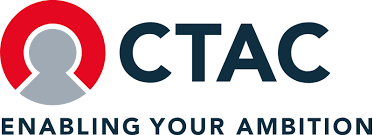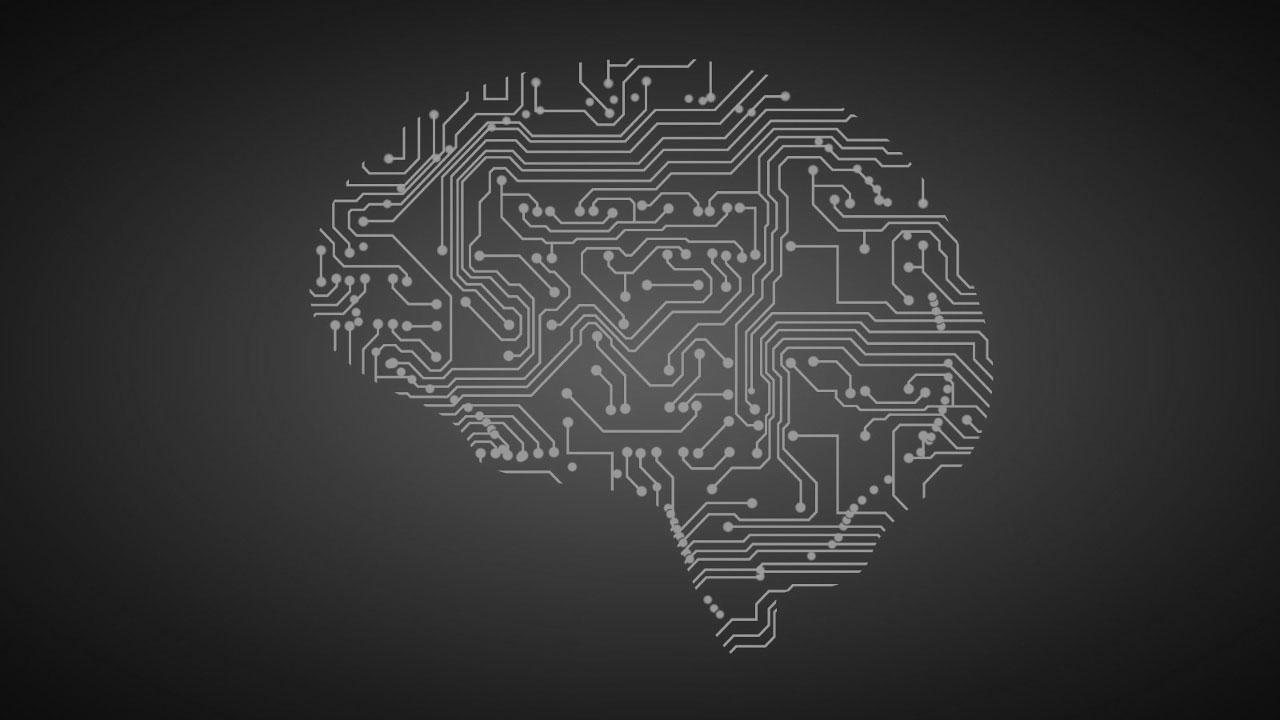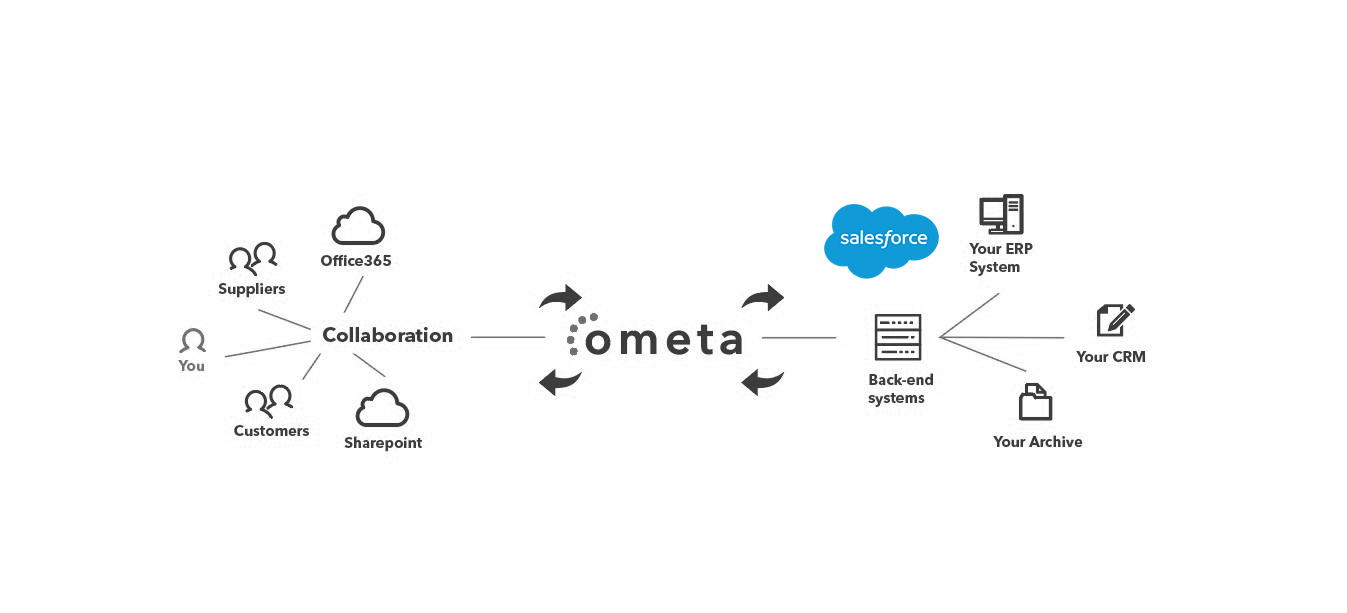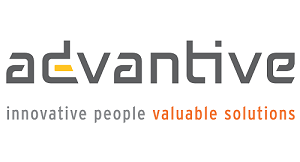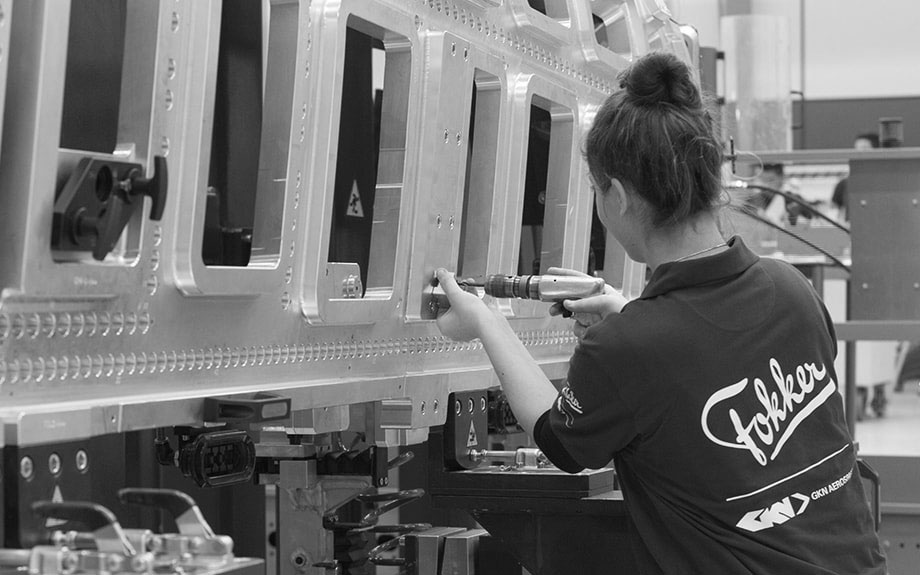(Presented by Luc Deleu at the European Parliament, June 2018)
Artificial Intelligence is not new, but the availability of computing power, new technologies to capture enormous amounts of data points and the speed by which we can connect, store and analyze data give new insights and opportunities that can lead to business performance breakthroughs, new business models and changing markets. By combining the technologies that are available today, the speed by which the industry can learn from its processes, products and customers will increase exponentially.
The digital representation of a physical product
The digital representation of a product is a collection of all the available data that we can gather throughout the whole lifecycle of that specific product. It stores the unique values of the product in all phases: in development and pre-production, during manufacturing and when its consumer is using the product. Humans are not able to process this large amount of data. However, new technologies and AI allow us to convert the collected information into knowledge. As a result, the digital representation enables us to learn from each step of the lifecycle of a single product.
So how can AI learn from these representations? We can compare the characteristics of a product (e.g. quality or the lack thereof) with its digital representation. This allows us to discover new correlations. These correlations deliver us new insights of the product and its production process. By comparing several individual digital representations, we can discover:
- Differences in production temperature, machine setups, machine handling, etc.
- Changes of suppliers, materials, versions of subassemblies, etc.
- Different production lines or plants, teams, skills of operators, etc.
When we look at the quality of a product, the correlations that we can find thanks to big data and AI, allow us to understand new reasons that determine the quality of a product. Moreover, it can even turn quality into a predictable element.
Nowadays, Ometa is focusing on the production process and we try to find changes in correlation with the related quality. We are currently running a ‘smart manufacturing project’ that has already proven that we can discover and apply process adjustments which could not be discovered without the help of AI concepts. When we look at the entire product life cycle, this example shows that we are still focusing on the production phase. But we can go further.
Closing the product lifecycle loop will change business models
The next big step is closing the product lifecycle. The digital representation should not only cover the digitization of the production process but also the usage of each individual product when it goes to market. Imagine, if we could also digitally follow the actual usage of a product by its consumer, assumptions during engineering could be validated, neutralized and improved before new production starts.
So what can the industry gain by closing the full product lifecycle loop? Today we are confronted with the fact that our industry is still based on mass production with short life cycles of the products (sometimes not more than two years). The reason for this short lifetime is not necessarily bad quality. Usually profits drive these short lifetimes. Today profit is made during the cycle ‘engineering up to production’. Once the product is sold, a ‘customer disconnection point’ emerges.
Therefore, if we continue capturing and clustering data via the digital representation after the product is sold, new business models can emerge. We could shift towards a market in which the industry stays connected with its products and where it would have no benefit to produce enormous amounts of products with short lifecycles. In contrast, connected products would lead to a better understanding of customer usage and experience. When products stay connected with their industrial producer throughout their whole lifecycle, then quality, new product introductions and services can be improved.
From mass repetitive manufacturing to mass custom manufacturing
In previous decades, the growth market for industry was defined by mass repetitive production and low labor cost. Consequently, many of our production facilities moved to countries with a lower labor cost such as China.
The digital representation and available AI concepts will become a game changer. Not labor cost, but knowledge will drive the market. As data becomes information, information turns into knowledge thanks to AI and knowledge will lead to better customer understanding. This will allow us to move from a mass production industry towards a smart service market where products become customer specific and production will become a one-piece flow. This means that each production order on the production line will be pre-ordered with tailored demand. This will allow our industry to make a shift from mass repetitive production towards mass custom production.
This can only happen if we stay connected with the user/consumer and the product/service that we deliver throughout the whole lifecycle. By continuously clustering the enormous amount of data points and using smart AI learning systems, we will be able to create customer specific product designs and increase the speed and intelligence of our production processes. For Western countries, this can create a competitive advantage against the repetitive mass production model with its low labor cost. Why? Because with a business model based on mass custom production and fast delivery times, waiting for a ship to come in becomes a thing of the past.
